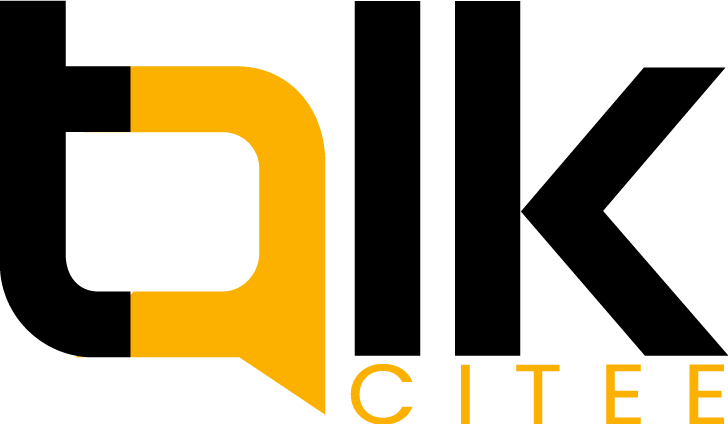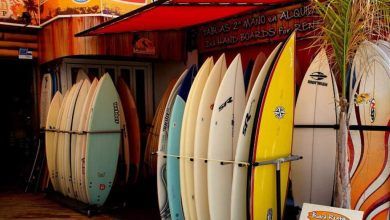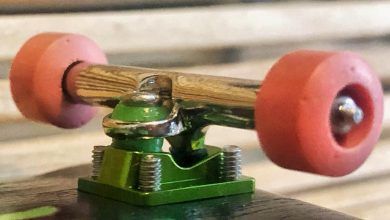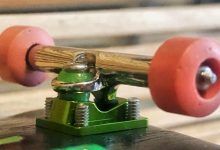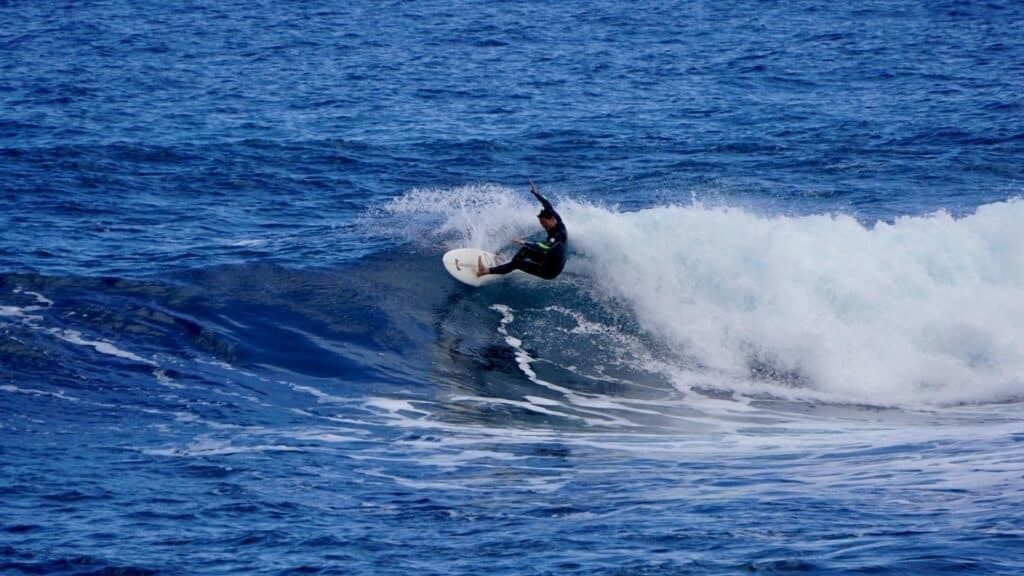
Executing Smooth Cutbacks on a Surfboard With Proper Foot Placement
Surfing is an art, a dance between rider and wave, where technique, timing, and precision converge. Among the arsenal of maneuvers every surfer should master, the cutback stands out as a signature move that demonstrates not just control but style. Executing smooth cutbacks on a surfboard with proper foot placement is key to harnessing the full potential of your wave-riding experience. From refining your stance to understanding wave dynamics, this article dives deep into the mechanics of the cutback, ensuring you gain confidence in the water. Oh, and before we get started, explore Coolsurfinggear for some great surfing tools that can help elevate your game.
Mastering the Basics of a Smooth Cutback
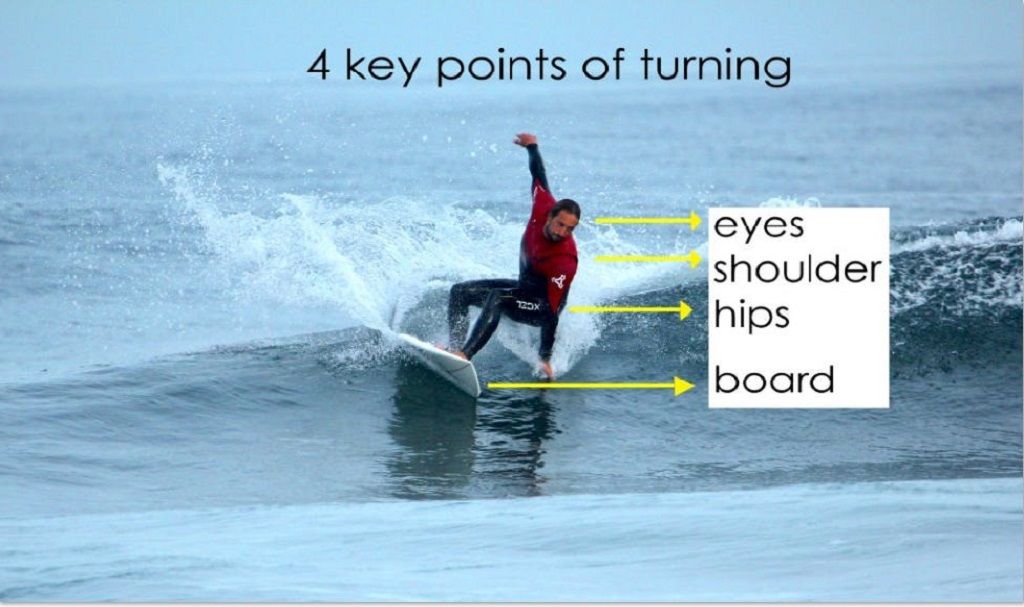
Executing a smooth cutback begins with understanding the fundamentals. A cutback is a sharp turn that takes you back toward the breaking part of the wave, also known as the “pocket.” This maneuver allows surfers to regain speed and maintain their position on the wave’s energy line. It’s not just about looking stylish (though that’s a huge bonus); it’s also a functional move to make the most out of every wave.
Proper foot placement is the foundation of a successful cutback. On a surfboard, your back foot provides leverage, controlling the rail pressure, while your front foot dictates direction. Keeping your weight centered and shifting it seamlessly between feet is what differentiates smooth cutbacks from sloppy ones. More on that later—let’s dig deeper into the science behind it.
How Proper Foot Placement Influences Your Cutbacks
Foot placement on a surfboard is more than just “where you stand.” It’s about balance, power, and control. The back foot should ideally rest on or just above the tail pad, where maximum leverage can be applied to turn the board sharply. Meanwhile, your front foot should remain slightly forward to maintain stability and direction. Spreading your weight evenly between your feet is crucial, especially during the transition phases of a cutback.
The physics of turning rely heavily on the pressure applied to the surfboard’s rails. Pressing down with your back foot engages the rail into the water, creating a pivot point for the turn. If your front foot is positioned incorrectly, you might end up over-rotating or losing balance. Every adjustment in your foot placement directly impacts your ability to carve clean lines.
The Importance of Board Design in Cutback Execution
Your surfboard’s shape and size significantly influence your ability to execute smooth cutbacks. Shortboards, for instance, are more responsive and allow for sharper turns, making them ideal for advanced surfers. Longboards, on the other hand, require a more measured approach but can still handle cutbacks with proper technique.
Tail shapes, such as swallow, squash, or rounded tails, also play a pivotal role in how your surfboard responds to foot pressure. A squash tail, for example, provides balance and maneuverability, making it a popular choice for surfers practicing their cutbacks. Choosing the right board for your skill level and wave conditions is critical to mastering this maneuver.
Enhancing Traction: The Role of Surfboard Wax Patterns
Traction is a non-negotiable factor when executing smooth cutbacks, and nothing provides better grip than a well-maintained wax job. Proper surfboard wax patterns ensure your feet stay locked in place during high-pressure maneuvers. It’s not just about slapping on some wax—creating a crosshatch or grid pattern can provide extra grip in key areas where your feet make contact with the board.
Regularly cleaning and reapplying wax can also make a difference. Old, clumpy wax loses its grip over time, so keep your board fresh for optimal performance. Don’t forget to use a wax comb to redistribute the wax and maintain a consistent texture across the board.
Timing and Wave Reading for Effective Cutbacks
Executing a cutback isn’t just about foot placement and technique—it’s also about timing. Reading the wave and understanding its energy are fundamental to making your move at the right moment. A common mistake among beginners is attempting a cutback too early or too late, which can lead to loss of speed or balance.
To time your cutback correctly, wait until you’re on the open face of the wave, just before it starts closing out. This allows you to maintain momentum while carving back toward the pocket. Practice watching how waves break and learning to predict their movements. With experience, this will become second nature.
Training Your Body for Optimal Cutbacks
Executing smooth cutbacks requires not just technique but also physical fitness. Core strength, flexibility, and balance are essential for controlling your movements on the surfboard. Incorporating exercises like yoga, planks, and squats into your routine can help improve your overall stability and agility.
Balance boards are another excellent training tool for surfers. They mimic the movement of a surfboard on water, allowing you to practice weight shifts and foot placement in a controlled environment. The more comfortable you are with these movements on land, the easier they will be to execute in the water.
Common Mistakes to Avoid While Performing Cutbacks
Even experienced surfers can fall into bad habits when performing cutbacks. One common mistake is failing to compress your body during the turn. Bending your knees and lowering your center of gravity helps maintain stability and control.
Another issue is oversteering. Turning too aggressively can cause your board to lose speed or even slide out. Aim for smooth, fluid movements rather than abrupt changes in direction. Lastly, don’t neglect your arm positioning. Your arms act as a counterbalance, guiding your body through the turn.
Practicing Cutbacks in Different Wave Conditions
Not all waves are created equal, and your approach to cutbacks should adapt accordingly. On smaller waves, focus on tighter, more controlled turns. Larger waves, on the other hand, allow for more dramatic, drawn-out cutbacks that showcase your style and control.
Practice in a variety of conditions to build versatility. Beach breaks are great for beginners, offering manageable waves to refine your technique. Point breaks and reef breaks, while more challenging, provide longer waves that are perfect for practicing extended cutbacks.
Why Patience and Perseverance Are Key
Mastering the art of executing smooth cutbacks takes time and effort. It’s easy to get frustrated when things don’t go as planned, but every failed attempt is a step toward improvement. Review videos of yourself surfing, seek feedback from experienced surfers, and continue refining your technique. Remember, progress often comes in small increments, but with persistence, you’ll get there.
Read More Also: Safety Protocols for Using Ropes in Industrial Chimney Cleaning
FAQs
What is the most important aspect of a cutback?
Proper foot placement is crucial for balance, control, and executing clean turns.
Can beginners perform cutbacks?
Yes, but it takes practice. Start with smaller waves and focus on your foot positioning and weight distribution.
How can I improve my cutback technique?
Work on your fitness, practice balance drills, and study videos of professional surfers to understand their movements.
Does the type of surfboard affect cutbacks?
Absolutely. Shortboards are more maneuverable for sharp turns, while longboards require a different approach.
What role does surfboard wax play in cutbacks?
Surfboard wax enhances grip, preventing your feet from slipping during high-pressure maneuvers like cutbacks.
How do I maintain speed during a cutback?
Focus on timing and use your body weight to guide the turn smoothly. Avoid oversteering, which can cause a loss of momentum.
Conclusion
Executing smooth cutbacks on a surfboard with proper foot placement is an art that combines skill, practice, and understanding of wave dynamics. By refining your foot positioning, maintaining your surfboard, and adapting to various wave conditions, you can master this essential maneuver and elevate your surfing game. Whether you’re a beginner or an experienced surfer, the journey toward perfecting your cutbacks is one filled with excitement and discovery. So, get out there, hit the waves, and let the ocean become your playground.
